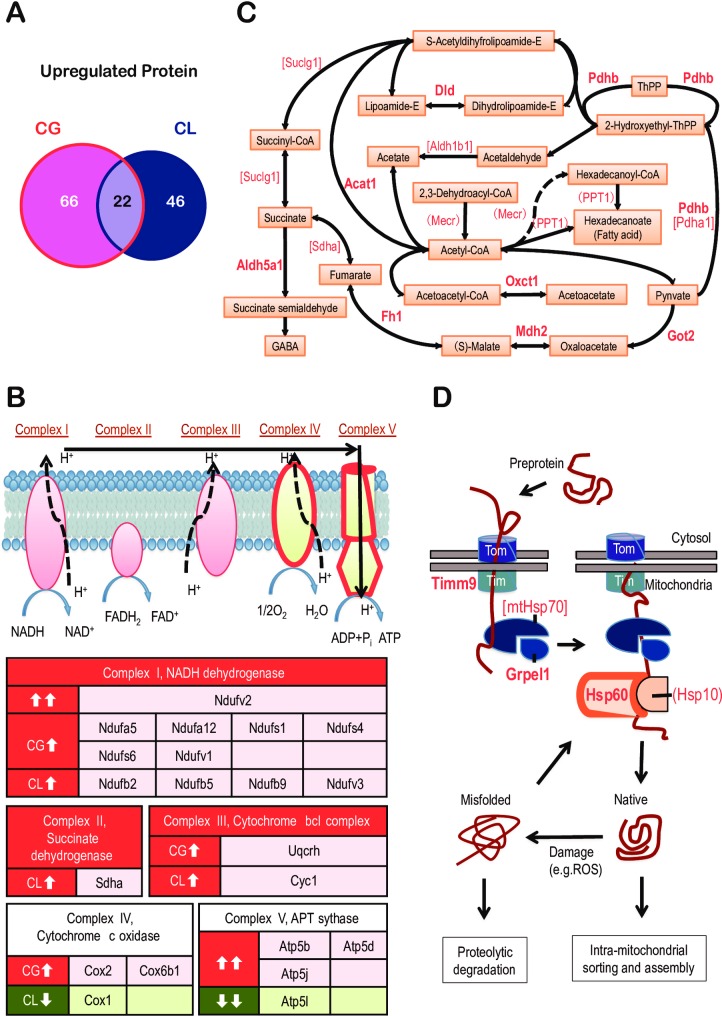Fig 4. Sleep deprivation resulted in the up-regulation of proteins involved in cellular respiration.
(A) Venn diagrams showing the distribution of significantly up-regulated proteins in the CG and CL groups. The overlap of 22 overlapped proteins is detailed in Table 1. (B) All of the complexes in the electron transport chain were influenced by sleep deprivation. Complex I-III had only up-regulated subunits, but Complex IV and V had both up- and down-regulated subunits. Dysregulated proteins are listed in the coloured table. Up-regulated proteins are in red boxes; down-regulated proteins are in green. Double arrows represent changes common to both the CG and CL sample groups. (C) Proteins involved in small molecule metabolism were collectively up-regulated. Metabolic compounds are framed in orange boxes, and connected with one another with solid or dashed lines, which indicate direct or indirect conversions, respectively. Enzymes that are found up-regulated from the CG or the CL groups are enclosed in parentheses or square brackets, respectively, or presented with bold font if increased in both groups. (D) After being synthesized in the cytosol, preproteins enter the mitochondria through the translocase of the outer membrane (TOM) followed by the translocase of the inner membrane (TIM). TIMM9 was up-regulated in both SD groups. During its transit, polypeptide can be bound and stabilized by mtHsp70 (encoded by Hspa9) with the help of Grpel1. Next, the preprotein is handed over to the complex composed of Hsp60 (encoded by Hspd1) and Hsp10 (encoded by Hspe1) and is further assisted with folding. Upon reaching their native states, mature mitochondrial proteins are sorted to their final destinations. Proteins damaged either by ROS attack or misfolding are repaired by entering refolding cycles or are degraded with the assistance of these chaperones. Chaperones that are found up-regulated from the CG or the CL groups are enclosed in parentheses or square brackets, respectively, or presented in bold font if found to be increased in both groups.

